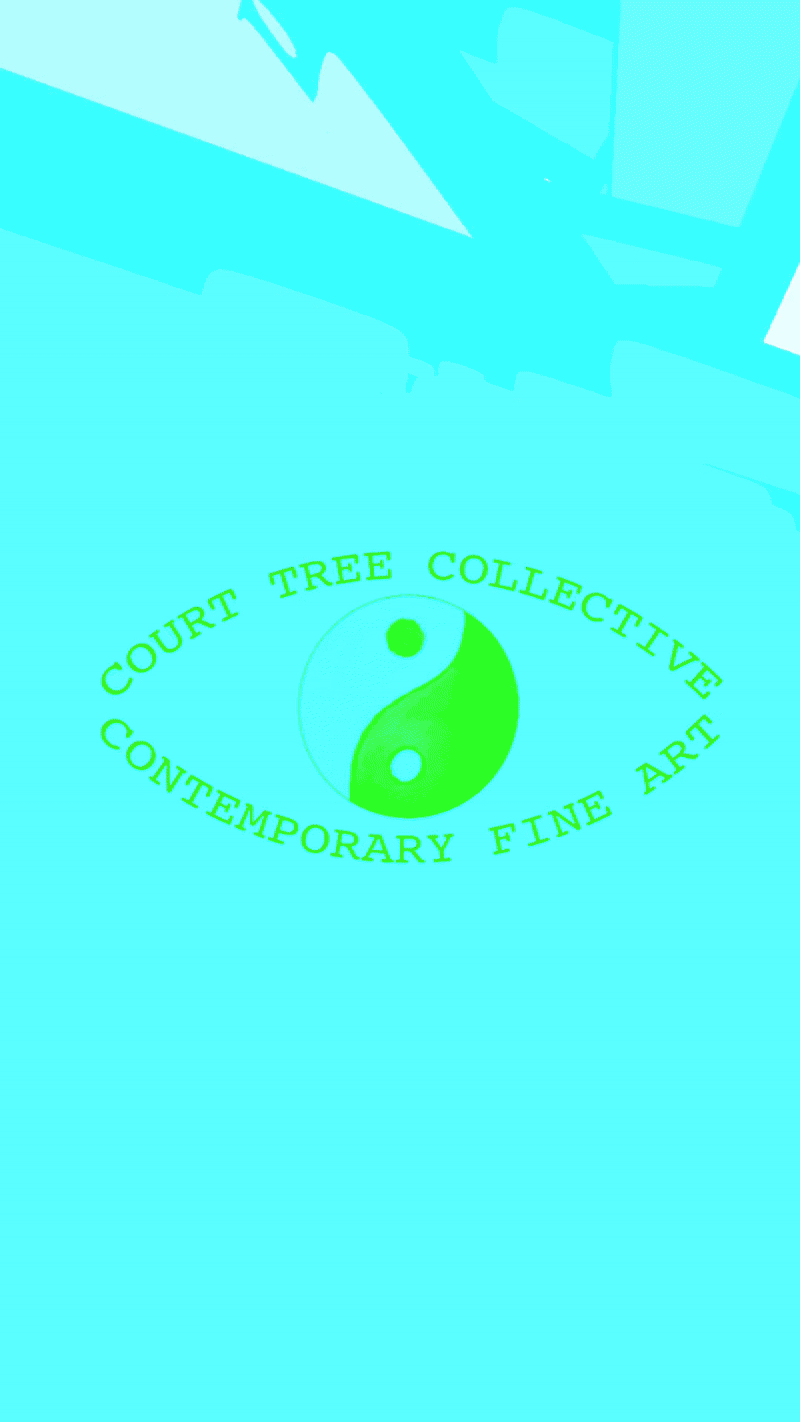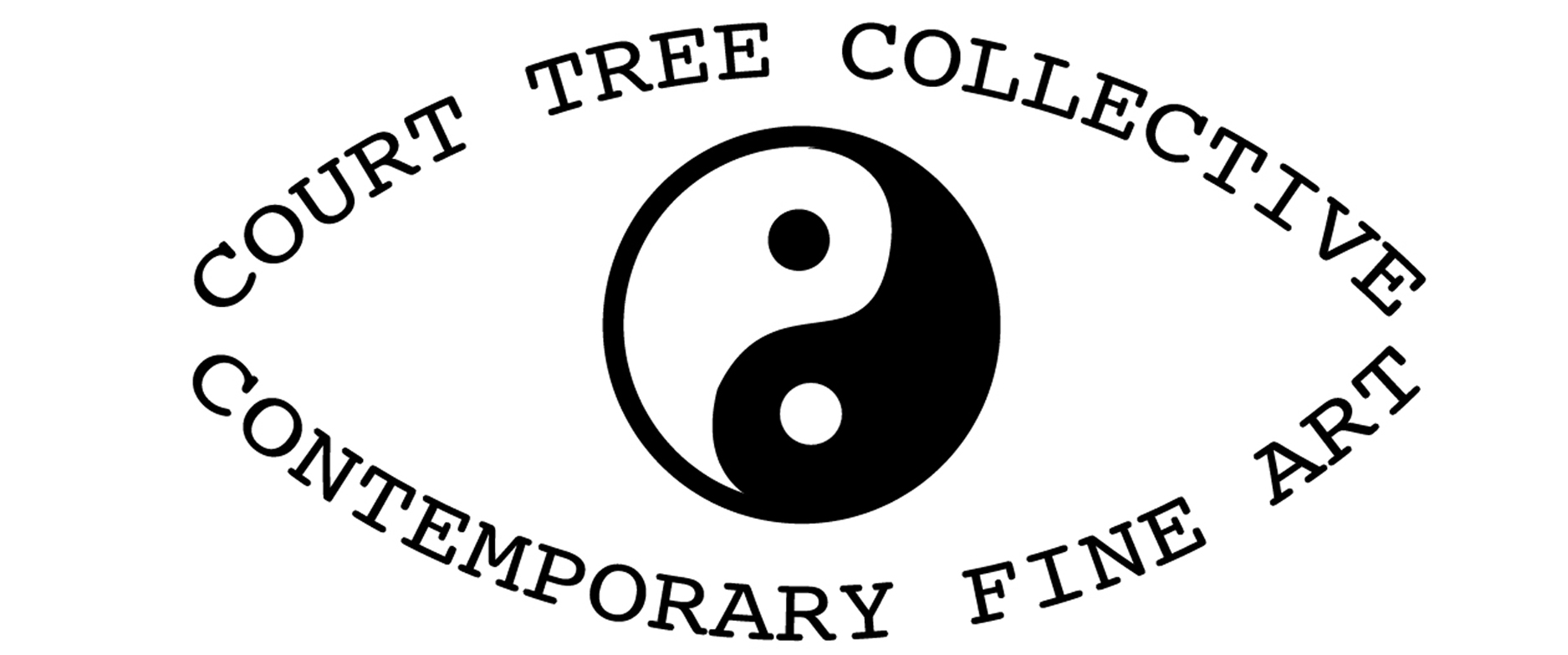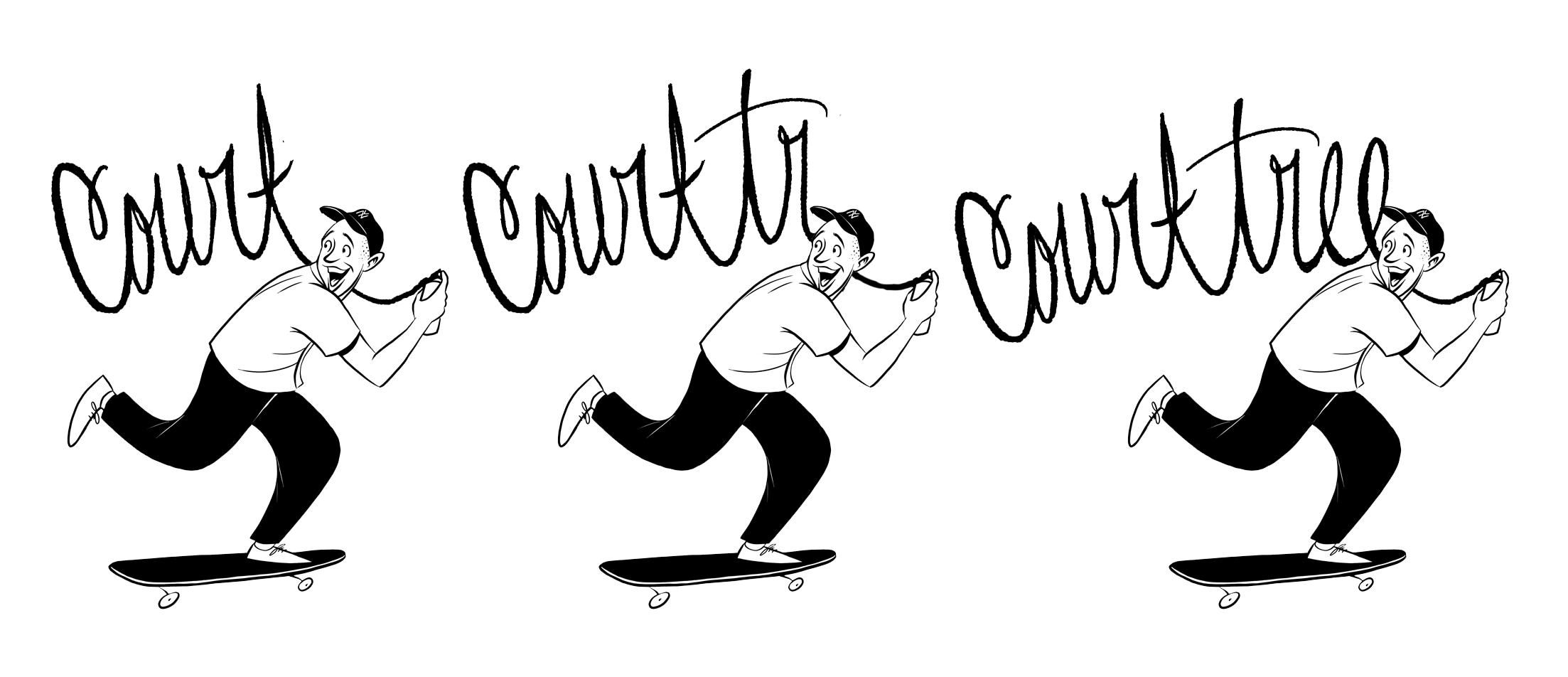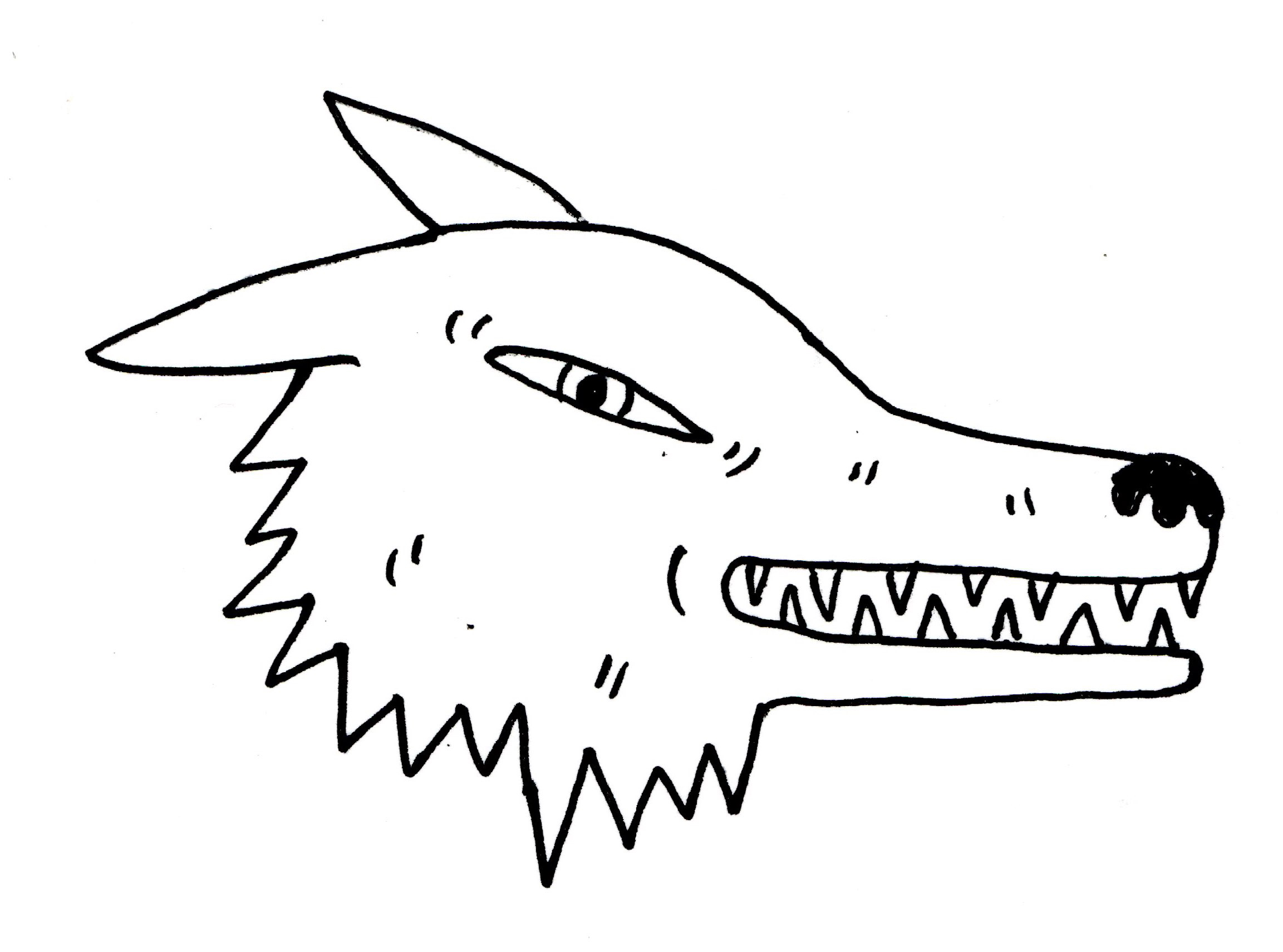Grace Tobin

When did you begin painting?
I’ve been painting for as long as I can remember. I was a shy kid, and art was a way for me to express myself when I didn’t feel I had the means to do so otherwise. Although there have been times when my painting took a back seat, I’ve always considered myself an artist. Throughout my school days I carried a sketchbook and pen wherever I went, I think it was my way to escape, just as some people bury their head in a book or music. As an undergraduate, I was very keen to explore different mediums, and entirely engaged in printmaking and sculptural works. But there has always been something about painting that draws me back. It’s probably a mix of things — the surface, the many ways paint can be manipulated, and the energy and emotion that can come from a stillness of a scene or moment.
Where do you source inspiration from?
There have been some sources of inspiration that have stuck with me; it centers around the nature and the environment. I think feel most at peace in these spaces. I exhale and feel at one with nature, this is often reflected in my work. I have researched the psychology and philosophy of how the spaces we inhabit impact our mental and physical state – how our sense of ‘home’ is reflected in the places we form memories and ties. It was this research that led me to broaden my interest and to explore the environment not only as a reflection of the natural world, but also of domestic settings.
Although my paintings vary, I am consistently exploring our relationship to the environments we inhabit and how this impacts our sense of self and identity. My interest is in illustrating the speculative, contemplative times in which we are formed, informed, and reminded by our surroundings over time. I paint scenes as glimpses into a segmented reality. I’m always considering how body language and negative space works to convey such sentiments.
I see my work as sitting in the intangible expanse between the known and unknown. With paint and pattern, I want to express how feelings, experiences and understandings can shift with a change of perspective or focus. Working between the dichotomies of presence and absence, the similar and different, and the defining of space and place, my work seeks to clarify feelings of home. These dualisms manifest in my visual, physical, and psychological creative process.
What’s your artistic process?
I explore the environments and narratives we may overlook in the chaos of our daily lives. Through small sketches, and studies, I begin to formulate how to push the subject, composition, context, and color scheme. I will be grabbing paper and blocking out my next work while I’m still developing my current painting. It is in these smaller gouache paintings that I experiment and refine how much information I need to illustrate the context of my composition. There is this fine line in the abstraction of my compositions – between the flattening and redefining of space and maintaining a control and exactitude in the composition.
How has your artistic process changed over the years?
Through my continuing practice, I have become surer of my relationship with the materials I use and my abilities to communicate my ideas successfully through the canvas. I am less concerned with it not going my way, of the push and pull of the process, and of the fear of messing it up. I think that by showing up, keeping an open mind, and challenging myself, my paintings will continue to evolve. I can now step back and see the development. In terms of the paintings themselves, I was once much more concerned with accuracy and how others responded to the work than I am now. Interestingly, as I learn to prioritize what I want the work to say, I see less of myself in the process and development of some of my earlier works.
You work a lot with color repetition, and patterns within your paintings—Can you expand on this theme?
I am drawn to the scene revealing just enough information for the viewer to understand the setting or context for the scene I am painting. This pairing down of information and ambiguity has developed into a graphic style – where the sharp edges or contours can suggest some context of the space in which these figures or objects exist. It also gives room for the viewer to put their own understandings or impressions into the negative or open spaces of the works.
Color plays a large role in my work. The emotional state of a painting can be conveyed by the color scheme – be it the loudness of a certain red drawing the figures forward, or the dark subtleness of a green pushing an object into the background. Without using shadow to create a depth of perspective in the composition, the work relies more heavily on the differentiation in color and the curves and angles of the scene to create the space.
The anonymity of my figurative forms gives greater value to the environmental context and objects. The idea of my works presenting a segmented reality is heightened through my pairing of the graphical with a use of repetitive pattern. I see the creation of these patterns as a repetition with a kind of pleasant monotony in my process – a monotony that is mirrored in the routine of our daily lives. I pair down the figure and botanical forms with pattern to subvert and flatten the spatial understanding of the scene and re-imagine how an environment mirrors the psychological and physiological connections we create to our world.
How has art making impacted your life?
This is a difficult question as I can’t imagine my life without it. Through my painting I think I have certainly developed a lens through which I see things. For example, if I’m walking down the street, I’ll take photos of two colors next to each other which I think pair nicely, or of people in a well composed seating at a restaurant. I think whenever I feel stuck with my work, going to galleries or museums to see other paintings gives me new ideas onto how I might apply that freedom or that perspective into my own painting practice. If art is seen as a language, then painting has given me a vocabulary through which I can express myself most accurately. I believe art is important for everyone to experience, in that there is not right or wrong way, that subjectivity is really the most exciting thing about it.
How do you want others to feel when viewing your work?
Many of the scenes I paint come from a personal narrative – but often they are commonly held human experiences that I compose. With this, I invite the viewer to reflect on their personal associations with certain environments, experiences, objects, or relationships that inform their own understanding of place or self. I would like my work to give viewers that moment of reflection and the space to breathe. I would hope that my work would spark some of their own memories or relationships with their environment and nudge them to reevaluate those moments that bring joy into their lives.
What advice would you give to other young and emerging painters?
I remember hearing this a lot when I was a younger artist and not understanding it as fully, but really the most important thing is showing up. It’s showing up for yourself. Even when you don’t feel in the mood or you don’t feel like you have the time, it’s making space every day to work on your art. And this work comes in many different forms. Some days I go to the studio, and I read or write, or clean and stretch new canvases, but don’t pick up a paint brush. There’s a lot more to painting than the work itself, and creating the space for yourself, mentally, to be present with your work is just as important as painting itself. I think that once I was able to commit to this aspect of my profession, I saw my art take on this new focus and direction through my own mental shift.
Another big thing that helps is to always ask questions. Asking yourself questions to challenge what you’ve become comfortable with and seeking input from others. Having a community of other people who are as passionate as you are about painting can give you drive and inspiration in unexpected ways. It’s important to reach out and start a conversation with a painter whose work you like or is trying out some new technique you yourself want to explore. Most of the time, that painter will want to share and hear about your own process too. Because painting can be quite an isolating experience, it’s important to advocate for yourself and find a community that can share, discuss, and challenge your practice.
How do you see your work evolving?
I’m looking forward to continuing to explore the abstraction and subversion of space in my work. I am particularly interested in seeing how far I can push the distortion of the environment or context of the figure or objects that are the focus of my paintings. How can I bring my curiosity for the botanical into greater conversation with the domestic spaces I am drawn to? I’m also interested to push the graphical element of my work – exploring how I can bring transparency or overlays into the scene, to hint at more of the nostalgia or memory that these moments hold. By blurring the lines between these dichotomies, I hope my work will continue to develop and reflect the value I feel exists within the small moments or details we often overlook.
Click Here ︎ to see Grace’s work.
Grace’s Instagram: @gracetobinart
Interview by Margaux Halloran
@margauxhalloran




